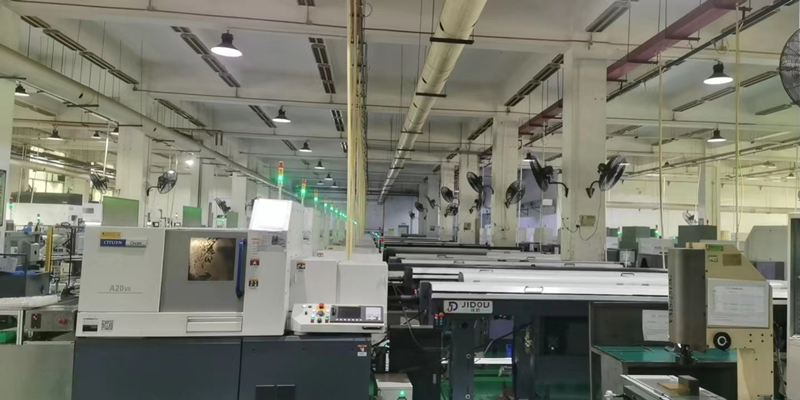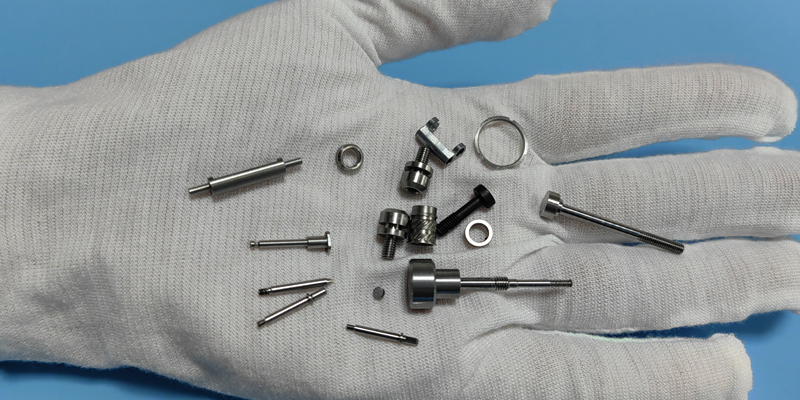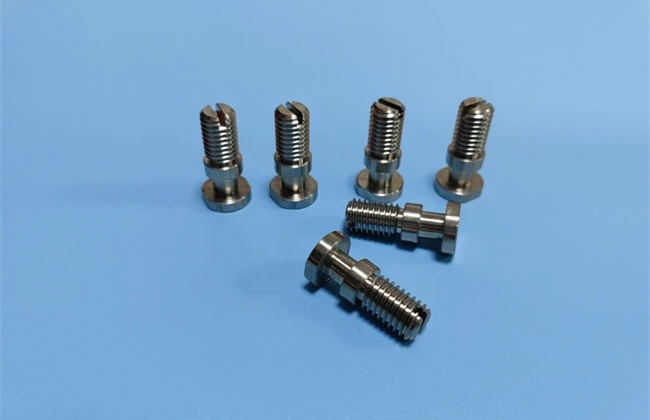Swiss Machining, renowned for its precision and efficiency, relies on a set of fundamental principles and techniques. Understanding these core fundamentals is essential for grasping the intricacies of the Swiss Machining process. Let's explore the key elements that form the foundation of this precision manufacturing method:
1. Guide Bushing and Workpiece Support:
Purpose: The guide bushing is a critical component that provides support and stability to the workpiece during machining.
Function: Positioned close to the cutting tools, the guide bushing minimizes vibrations and deflections, ensuring the workpiece remains stable for precise machining.
Advantages: This support mechanism allows for the machining of long, slender components with high precision, a characteristic that sets Swiss Machining apart.
2. Sliding Headstocks for Tool Control:
Purpose: Swiss-style lathes feature sliding headstocks, allowing for precise control over the movement of cutting tools.
Function: The sliding headstock facilitates the radial and axial movement of tools, enabling the creation of intricate features with a high degree of accuracy.
Advantages: This controlled movement is essential for achieving tight tolerances and simultaneous machining from multiple angles, contributing to efficiency.

3. Simultaneous Machining:
Purpose: Simultaneous machining is a distinctive feature of Swiss Machining that enhances efficiency.
Function: Multiple cutting tools can engage with the workpiece simultaneously, allowing for the creation of complex geometries in a single setup.
Advantages: Reduced cycle times, increased productivity, and the ability to produce intricate components with fewer machining steps.
4. CNC Programming:
Purpose: Computer Numerical Control (CNC) technology forms the backbone of Swiss Machining.
Function: CNC programming involves creating detailed instructions that guide the movements of the cutting tools, the rotation of the workpiece, and other parameters.
Advantages: Precision control over tool movements, repeatability in machining operations, and adaptability for complex geometries.
5. Precision Measurement Tools:
Purpose: Quality control is paramount in Swiss Machining.
Function: Precision measurement tools, such as micrometers and gauges, are used to verify dimensions and tolerances throughout the machining process.
Advantages: Ensures the final components meet stringent specifications, maintaining the highest level of accuracy.
6. Material Versatility:
Purpose: Swiss Machining is adaptable to a wide range of materials.
Function: The process accommodates materials such as metals (aluminum, titanium) and plastics, showcasing its versatility.
Advantages: Allows manufacturers to work with diverse materials based on the requirements of the end product.
7. Efficiency in High-Volume Production:
Purpose: Swiss Machining is known for its efficiency, especially in high-volume production.
Function: Rapid tool changes, simultaneous machining, and minimal setup times contribute to streamlined production processes.
Advantages: Ideal for industries requiring large quantities of precision components, such as automotive and electronics.

8. Focus on Precision and Stability:
Purpose: The overarching goal of Swiss Machining is to achieve unparalleled precision.
Function: Precision is maintained through the close collaboration of guide bushings, sliding headstocks, and CNC controls, ensuring stability during the entire machining process.
Advantages: Results in components with tight tolerances, ideal for applications where precision is critical.
The fundamentals of Swiss Machining revolve around the synergy of guide bushings, sliding headstocks, simultaneous machining, CNC programming, precision measurement tools, material versatility, and a relentless focus on precision and stability. These elements work in harmony to deliver high-quality, intricate components with unmatched accuracy.











